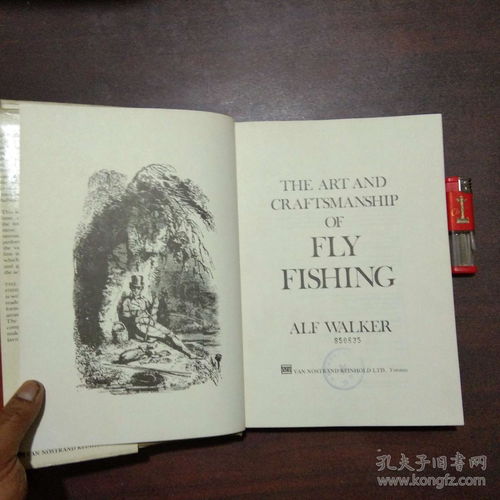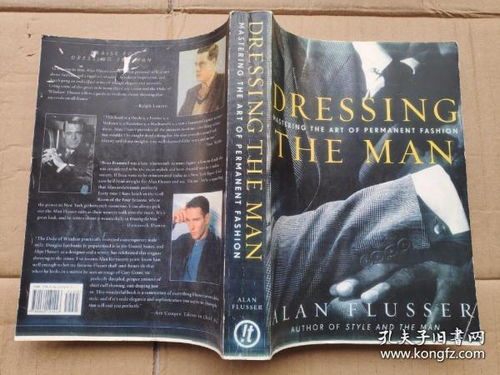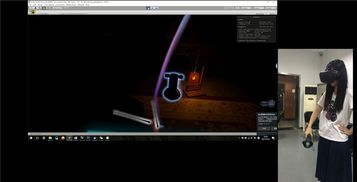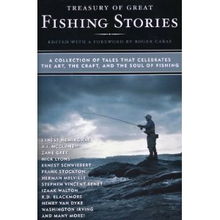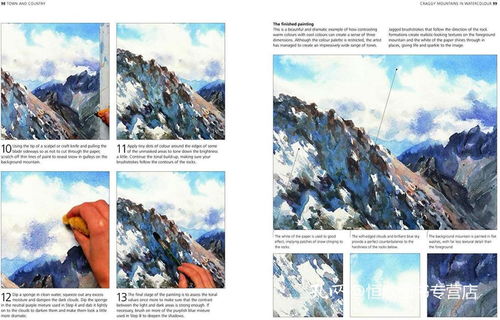
Content:
Introduction: Fishing, an age-old activity, has been a source of relaxation, adventure, and sustenance for countless individuals. Among the various fishing techniques, wild fishing, also known as fly fishing, has gained immense popularity due to its simplicity and effectiveness. Whether you are a beginner or an experienced angler looking to enhance your skills, learning the art of wild fishing can be an incredibly rewarding experience. In this article, we will delve into the essential techniques that will help you master the art of wild fishing.
Choosing the Right Equipment: The first step in learning wild fishing is to equip yourself with the necessary gear. Here are some essential items you should consider:
a. Rod and Reel: A fly rod and reel are the cornerstone of wild fishing. The rod should be lightweight and flexible, designed specifically for fly fishing. Choose a reel that matches the weight of your rod and is easy to cast.
b. Fly Line: A fly line is designed to cast and land a fly with precision. It should be the appropriate weight for the rod and the type of fish you are targeting.
c. Leader and Tippet: The leader connects the fly line to the fly and ensures a natural presentation. A 9-foot leader with a tippet of varying lengths (usually between 6 to 12 inches) is commonly used.
d. Flies: Select flies that mimic the natural food sources of the fish you are targeting. A variety of patterns, such as nymphs, dry flies, and streamers, should be included in your fly box.
Casting Techniques: Casting is a crucial skill in wild fishing. Here are some basic casting techniques to help you get started:
a. Overhand Cast: This is the most common casting technique and involves holding the rod in your dominant hand and casting overhand. Practice casting short distances before moving on to longer distances.
b. Roll Cast: The roll cast is useful when there is limited space or when you need to present the fly in a specific direction. It involves casting the line with a series of small, controlled movements.
c. Spey Cast: The spey cast is a powerful technique used for longer distances and in wide-open spaces. It involves a combination of false casting and a single, powerful stroke.
Fly Selection and Presentation: Choosing the right fly and presenting it effectively is key to successful wild fishing. Here are some tips:
a. Observe the Fish: Pay close attention to the behavior of the fish in the water. Notice their feeding patterns, preferred food sources, and water conditions. This will help you select the appropriate fly.
b. Mending: Mending is the process of adjusting the line to maintain a natural presentation. It involves moving the line across the water's surface to compensate for currents and wind.
c. Drift: Allow the fly to drift naturally through the water. Avoid excessive manipulation, as it can spook the fish.
Reading the Water: Understanding the water you are fishing is crucial for success. Here are some tips for reading the water:
a. Observe the Structure: Look for rocks, logs, and other structures that may hold fish. These areas are often prime spots for finding fish.
b. Analyze the Current: Determine the direction and speed of the current. This will help you present your fly in the most effective manner.
c. Pay Attention to Depth: Fish often hold in specific depths, so it is important to adjust your fly accordingly.
Safety and Etiquette: When engaging in wild fishing, it is essential to prioritize safety and practice good etiquette. Here are some tips:
a. Stay Quiet: Fish are easily spooked by noise, so try to minimize your movements and speak softly.
b. Respect the Environment: Be mindful of your impact on the natural surroundings. Dispose of trash properly and avoid disturbing wildlife.
Conclusion: Learning the art of wild fishing can be a challenging yet rewarding endeavor. By mastering the essential techniques discussed in this article, you will be well on your way to becoming a proficient angler. Remember to practice regularly, stay patient, and enjoy the process of learning. Happy fishing!
